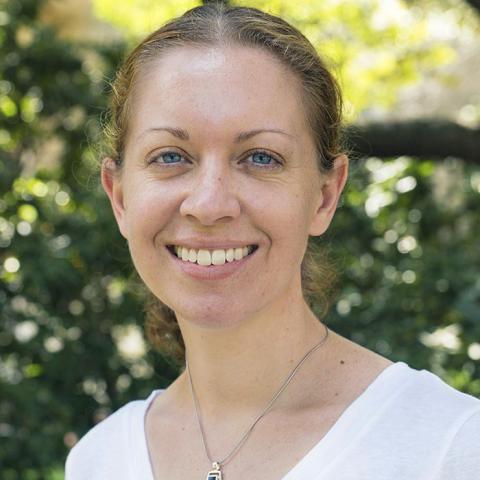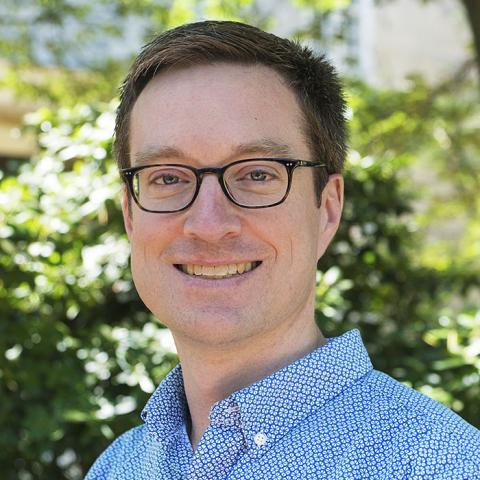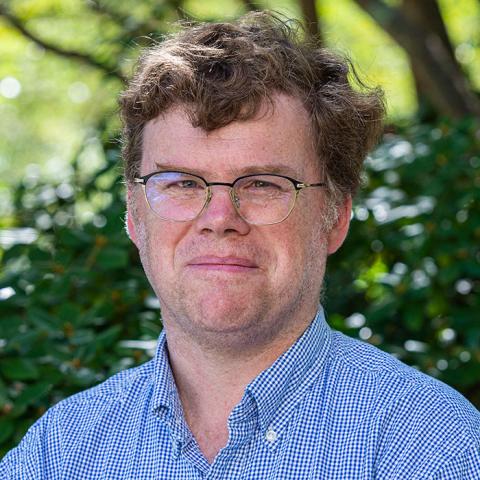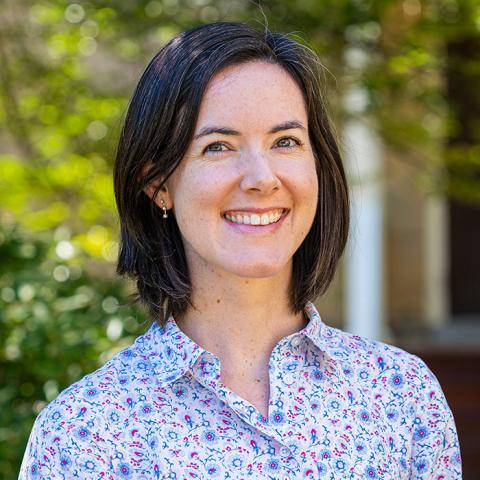Scientific Computing
Department Website:
https://www.haverford.edu/scientific-computing
Many disciplines in the natural and social sciences include a significant sub-discipline that is explicitly computational. Examples include astronomy, biology, chemistry, economics, and physics. In some fields, such as biology, the use of computation has become so widespread that basic literacy in computation is increasingly important and may soon be required.
The Concentration in Scientific Computing gives students an opportunity to develop a basic facility with the tools and concepts involved in applying computation to a scientific problem, and to explore the specific computational aspects of their own major disciplines.
Learning Goals
As students progress through the curriculum, they will:
- learn to read, write, and debug code in at least one programming language, using idioms appropriate to the major field of study.
- apply computational reasoning to a broad set of problems.
- learn tools and concepts required to computationally approach scientific problems within the discipline of their major.
- appreciate trade-offs and limitations of computational approaches to problem solving (e.g., accuracy vs. computation time, approximations needed to make real-world problems calculable, numerical errors inherent to computations themselves).
Haverford’s Institutional Learning Goals are available on the President’s website, at http://hav.to/learninggoals.
Curriculum
Three of the six courses required for the concentration focus on general issues of computing (see Requirements A and B below): two of these serve as an introduction to computer science and programming, and the third focuses on the use of computation within a specific scientific discipline. Students then choose the remaining three courses from a list of electives (see Requirement C), using at least two to connect their computational work with their major (recall that 2-3 courses for a concentration must also count toward the student’s major). Finally, the student must also complete a project-based experience, possibly during the completion of one of the courses (Requirement D).
Students majoring in astronomy, biology, chemistry, economics, mathematics, and physics should consult the relevant sections of the Catalog for information about the relationship of this concentration to their courses of study.
Given the abundance of math, physics, chemistry, and computer science courses listed under Requirements B and C, students with these majors should have no problem choosing courses (though one of the coordinators of the concentration should be consulted during this selection). Example “Requirement C” tracks for majors in astronomy, biology, chemistry, and economics are available, but a student may of course choose other courses (in consultation with one of the coordinators).
Concentration Requirements
The concentration consists of six credits that fall into four categories of requirements, denoted (A), (B), (C), (D). These are merely categorical labels, and we have no intention of expressing a time-ordered sequence. In fact, we anticipate that many students in fields other than computer science will take at least one course in the (B) and/or (C) requirements before discovering an interest in the concentration, and then take courses to satisfy the other requirements afterward.
The six courses should be selected from the following list and approved by the student’s concentration advisor. Of the six credits required for the concentration, no more than two of the courses in (B) or (C) may count towards both the concentration and the student’s major. (Also, per College rules, students may not count among the 32 course credits required for graduation any course that substantially repeats the content of another course already completed, even though the course numbers may suggest an advancing sequence. For example, both introductory computer science courses, CMSC H105 and CMSC B109 cannot be taken for credit.)
Categories of Requirements
Category A
Year-long introduction to computer science and programming, that may consist of (CMSC H105 and CMSC H106) or (CMSC B109 and CMSC B113) or (CMSC H107). CMSC H107 can be taken upon successful completion of either: CMSC H104 or CMSC B115 or the CS placement exam."
Category B
One course involving regular programming assignments and becoming familiar with discipline-specific programming idioms, chosen from the following list:
| Code | Title | Credits |
|---|---|---|
| ASTR H204 | Introduction to Astrophysics | 1.00 |
| ASTR H341 | Advanced Topics: Observational Astronomy | 1.0 |
| ASTR H344 | 1.0 | |
| CMSC H207 | Data Science and Visualization | 1.0 |
| BIOL H311 | Advanced Genetic Analysis | 0.5 |
| CMSC H287 | High Performance Scientific Computing | 1.0 |
| CMSC H208 | Speech Synthesis and Recognition | 1.0 |
| CMSC/LING H325 | Computational Linguistics | 1.0 |
| CHEM H304 | Statistical Thermodynamics and Kinetics | 1.0 |
| CHEM H305 | Quantum Chemistry | 1.0 |
| MATH H222 | Scientific Computing: Continuous Systems | 1.0 |
| MATH S066 | Stochastic and Numerical Methods | 1.0 |
| PHYS/ASTR H304 | Computational Physics | 1.0 |
| CHEM H352 | Topics in Biophysical Chemistry,Topics in Biophysical Chemistry:,Topics in Biophysical Chemistry: X-ray Crystallography | 0.50 |
| MATH B325 | Advanced topics in Applied Mathematics |
Category C
Three credits worth of electives in which real-world phenomena are investigated using computation, at a significant level as determined by the standards of that discipline. At least one of these three credits must come from a 300-level course or courses (not senior research). A normative route in the sciences would be for a student to take two taught courses on this list and apply one credit of senior research to this requirement. Alternatively, students whose senior work is not computational but who still wish to pursue the concentration can complete three taught courses from this list. These courses should be drawn from the following list:
| Code | Title | Credits | |
|---|---|---|---|
| Any of the courses on the (B) list above | |||
| BIOL H357 | (Topics in Protein Science) | 0.5 | |
| BIOL H301 | Advanced Lab in Biology Sem 2 (Bioinformatics Superlab) | 1.00 | |
| CHEM B322 | Advanced Physical Chemistry: Mathematical Modeling & Natural Processes | 1.0 | |
| CMSC H235 | Information and Coding Theory | 1.0 | |
| CMSC/LING H325 | Computational Linguistics | 1.0 | |
| ECON H324 | Advanced Econometrics | 1.0 | |
| MATH H204/B210 | Differential Equations | 1.0 | |
| MATH H210 | Linear Optimization | 1.0 | |
| MATH H286 | 1.0 | ||
| MATH H394 | Advanced Topics in Computer Science and Discrete Math | 1.0 | |
| MATH H397/B308 | Advanced Topics in Applied Mathematics: Models for Dynamic Processes | 1.0 | |
| MATH S056 | Modeling | 1.0 | |
| Up to 1 credit of senior research if the project has a significant focus on scientific computing 1 | 1.0 | ||
| MATH H396 | Advanced Topics: Probability and Statistics | 1.00 | |
| STAT H203 | Statistical Methods and their Applications | 1.00 | |
- 1
e.g., ASTR H404, BIOL H40x, CHEM H361, CMSC H480, MATH H399, PHYS H41x
Category D:
Some part of completion of the concentration must include a project-based experience in which computation is applied to investigate a real-world phenomenon, e.g.,
- A senior thesis/experience with significant scientific computing component, or
- A summer research experience, or
- A multi-week project for a course that may (or may not) be one of the three electives that fulfill requirement (C)
Concentration Coordinators and Departmental Representatives
On Leave 2024-2025
On Leave 2024-2025
John Farnum Professor of Physics and Astronomy
Applied math/scientific computing
Researching microbiology, evolution, ecology, bioinformatics, while interested in the visual communication of scientific research.






